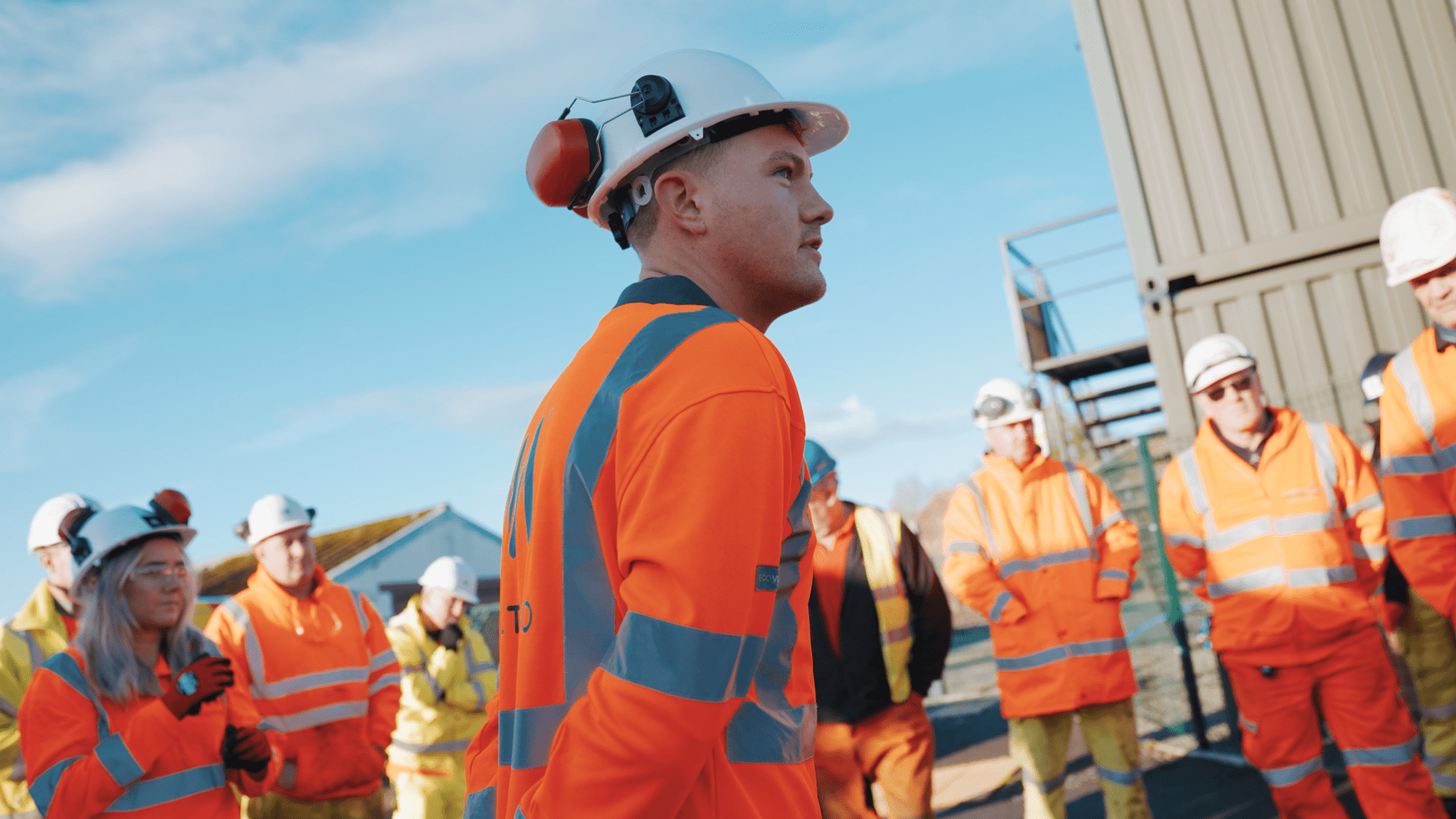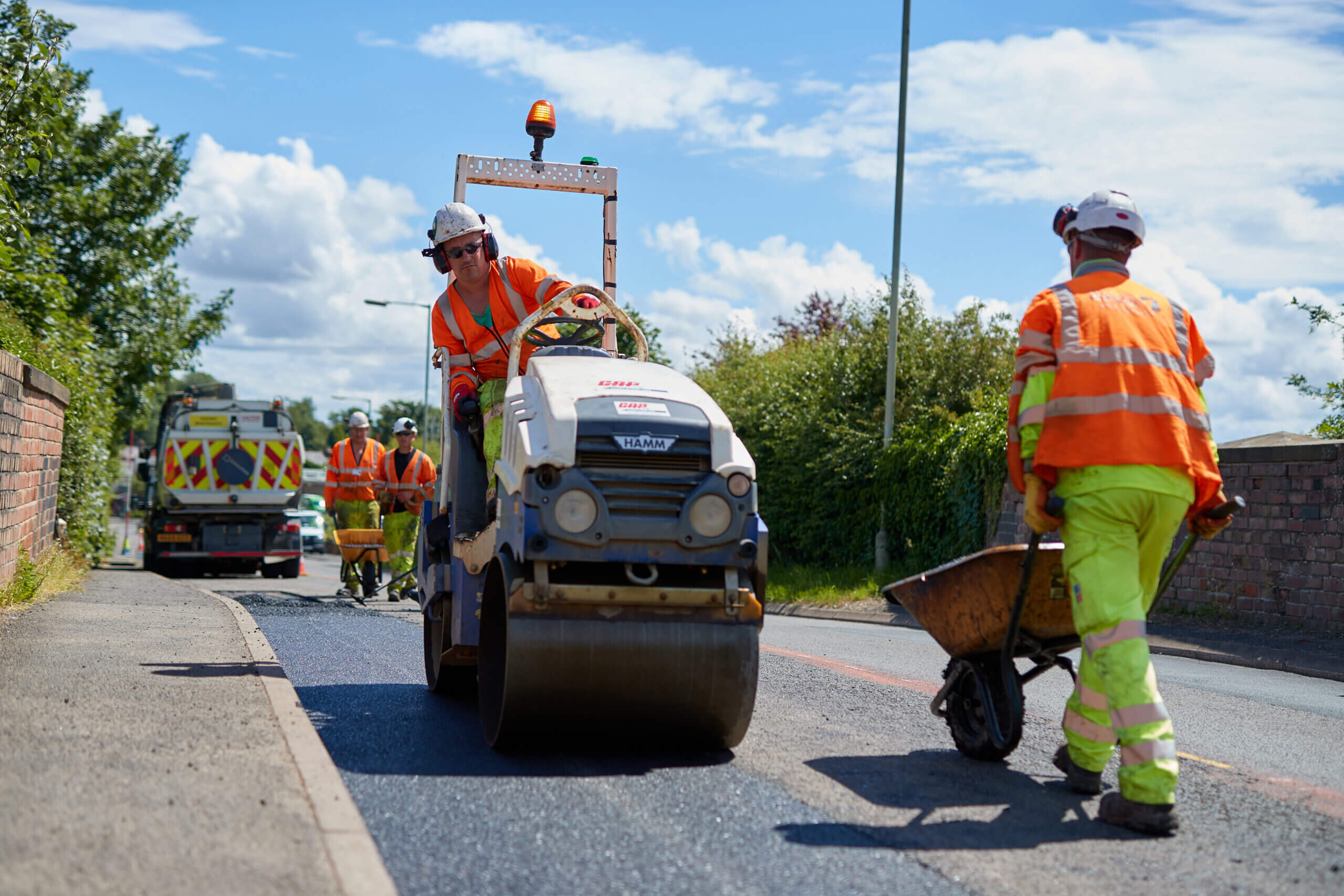
news
Adopting Innovation in the Highways Sector
03 March 2022
Josh Sweeney, Director of Marketing & Growth at Multevo, talks about the reasons why the adoption of innovation can be slow and how the business overcame some big challenges on its way to achieving a record year in 2021.
Q. What work experience did you have before moving into highways?
A. “I entered the sector more or less straight after graduating from University, after a short 3-month stint in telesales in the energy Industry. Before this, like most young people, my work experience was limited to bar work having worked in bars, restaurants and hotels from the age of 16.”
Q. What has been your career highlight up to now?
A. “When I first joined Multevo (then branded as Multihog UK) in 2012, we were still a start-up enterprise so its really rewarding to see just how far we’ve come. Back then, our offices were above a local Lancashire village post office and there was only around 4 or 5 of us so we all had to be very hands on (not that that ever changes!). Today, we have 3 depots and employ around 150 people which is constantly growing so it’s fair to say we’ve come a long way and are always looking to improve to be the best partner we can be to our customers.
“Last year was a record year for Multevo, despite recent challenges like Brexit and the Pandemic. We are most commonly associated with the Multihog range, but now also self-deliver highways, civils, vegetation, arboriculture and traffic management services across the UK. Seeing the trajectory we’re on as a business in recent years is very rewarding and makes me very proud.”

Q. What is the main way that today’s highways sector differs from the one you first joined?
A. “When I joined the sector, it felt like the impact of austerity cuts were starting to take their toll on local highways and so openness to innovation was stifled with a ‘we’ve always done it this way’ mentality. In 2022 it would seem the sector is more accustomed to better ways of working and more open to change; especially around health, safety, social value and the environment which are bigger drivers than ever. The biggest difference in my opinion is the acceptance and desire to change. In addition, you can now see that technology is now playing an integral role in day to day operations.”
Q. What is the biggest challenge you’ve faced so far?
A. “Every day is a challenge but that’s what keeps it exciting! I remember where we were 10 years ago, trying to introduce the Multihog which was at the time a new machine to market. In those days the industry was sceptical of the kit as it was new and unproven but the machine and Multevo have stood the test of time its fair to say. We now have machines on our hire fleet that are over 10 years old and still going strong. That’s one of the reasons we started to hire as well as deliver a service, because the time it takes customers to replace machines is so long.”
Q. What do you think LCRIG Insight readers would be surprised to learn about you?
A. “I’m not sure if its that surprising but I’m a massive supporter of Blackburn Rovers. I am also very into the Factory Records, the former Manchester music label and most of their bands. I have a pet Bengal cat called Claro.”
Q. What do you think is the key to accelerating innovation within the roads sector?
A. “You always need early adopters, who aren’t risk averse and willing to take a chance on initial innovations. This can be a challenge, but its about collaboration and trust to establish a trial which provides a platform to measure the impact of innovation and realise the empirical advantages.
“Traditional procurement channels used to be centred around conventional equipment for instance, so we would find we were restricted to offer something new and unique. We experience the same for our service delivery side of the business still because we offer a turnkey all-encompassing solution. For me, the challenge for the sector is to be open to innovation without impeding it through traditional procurement barriers whilst still being fair to everyone.”
Q. How different will the sector look in 10 years time?
A. “I think the sector is going to really have to step up to the mark in the coming years. The push for sustainability is going to be a primary driver and this will probably be coupled with automation. As such, in 10 years’ time highways sites will probably look a lot different with fewer people involved on the ground and with more innovative plant and equipment than ever before. I also think we will find less plant and equipment on site because the versatility and capabilities of machines will become more adaptable.
“This is why we took to the decision to invest in a dual-fuel (hydrogen/diesel) system for the Multihog to enable to us begin to realise a reduction in emissions today in the equipment we provide as well in the service we deliver.”

Q. What is the best way of removing barriers to innovation?
A. “For me, one of the biggest barriers we face to support new customers with our highways, civils, vegetation and traffic management services is being blocked out of existing frameworks. Whilst frameworks provide safeguarding, I think it would make sense to allow for additional entrants that are incorporating innovation. For example, a trial can only take you so far. Even if that trial delivers significant measurable advantages you can still find yourself unable to proceed any further for years after that framework is re-tendered. To my mind, this is one reason why the adoption of innovation can be slow.”




